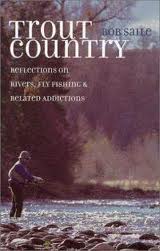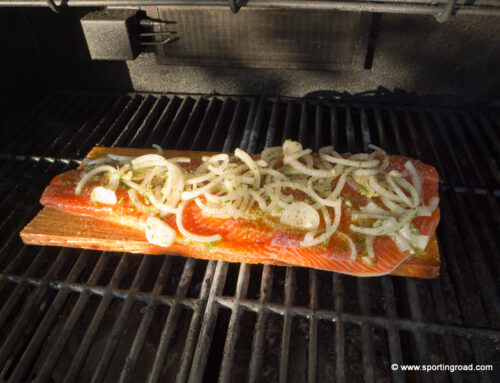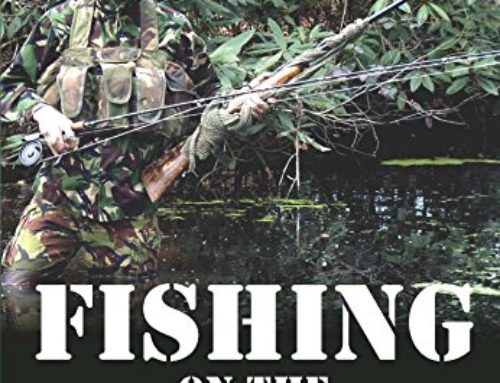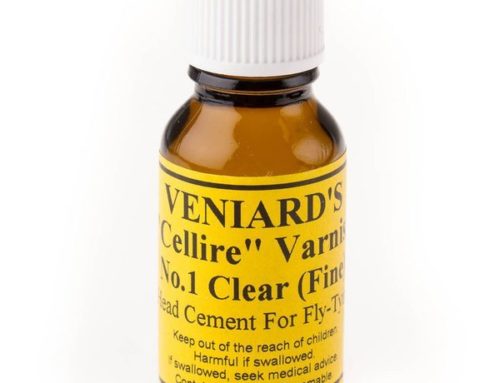Bob Saile, Trout Country: Reflections on Rivers, Fly Fishing & Related Addictions. Pruett Publishing Co., Boulder, Colorado 1999. My favorite quotes or summaries are as follows:
Aside from the Brassie, the most important contribution to the fly boxes of American anglers to come from South Platte lore is the RS-2 —an all-purpose nymph pattern that, depending on size, can resemble the aquatic stages of a midge, a mayfly, or even a caddis. RS-2 stands for “Rim’s Semblance, Style 2.” It was born in the tying vice of Rim Chung of Denver, a self-taught fly fisherman who began as a frustrated spin-fisherman.
When Chung came to Colorado from Seoul, South Korea, in 1968, he had a strong desire to catch Colorado trout but only the weakest clues on how to go about it. He began to fish with spinning tackle but rarely caught anything when he encountered the selective trout of the Platte and other waters. Two years later, he was ready to give up. Then a friend suggested he take up fly-fishing. “What the hell is fly-fishing?” Chung asked his friend. Chung then began to fish with dry flies, but it was still frustratingly unproductive or, at best, inconsistent. Finally he met someone who offered to take him nymph fishing. “What the hell is nymph fishing?” Chung asked.
His progression to becoming a successful trout fisherman was fairly swift after that. Chung developed his nymphing skills and learned to tie flies. He decided to try to develop a nymph pattern that was a general suggestion—a semblance—of almost any hatching aquatic insect, depending on size. What emerged was a pattern that is constructed with a Tiemco 101 hook that has a straight eye, in sizes as big as 14 and as small as 24. Two strands of microfibers or beaver guard hairs constitute a widely split tail. The body, or abdomen, is slenderly dubbed beaver fur, either natural gray, or dyed black, olive, or some other color. A thicker thorax section is also dubbed beaver fur. The almost directly upright short wing is tied between the thorax and the abdomen on the top side and consists of a clump of gray, webbed saddle hackle fibers, or CDC material, trimmed with scissors into a triangular shape.
Today, the fame of the RS-2 has spread far beyond the South Platte, but it stands as testimony to the ingenuity of the anglers who honed their skills on its challenging currents.





